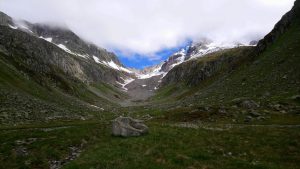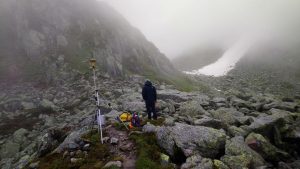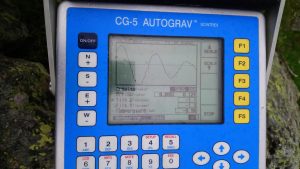Together with a group of colleagues with complementary expertise, we present the first modern seismic hazard and risk assessment in the Bhutan Himalaya in form of a paper accepted for publication in Natural Hazards: https://doi.org/10.1007/s11069-020-04275-3.
The results on an interactive map, the raw data and the model (OpenQuake) files are available online HERE.




